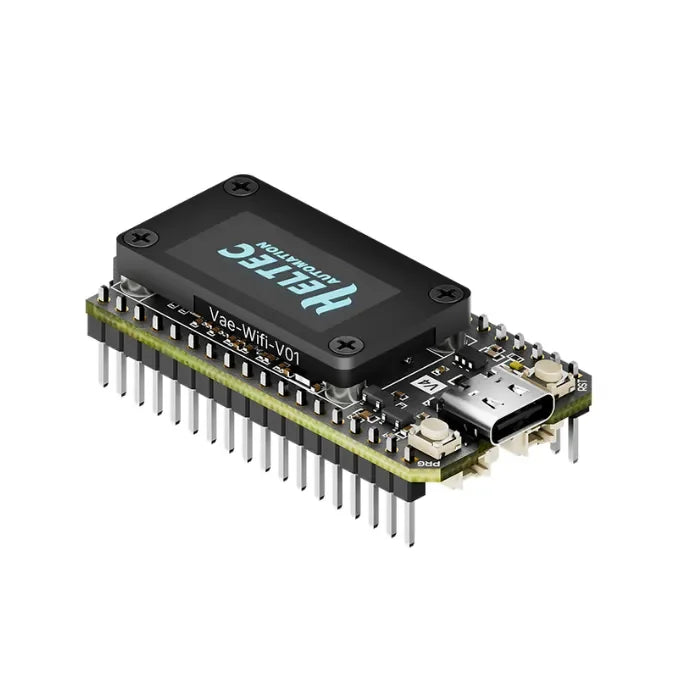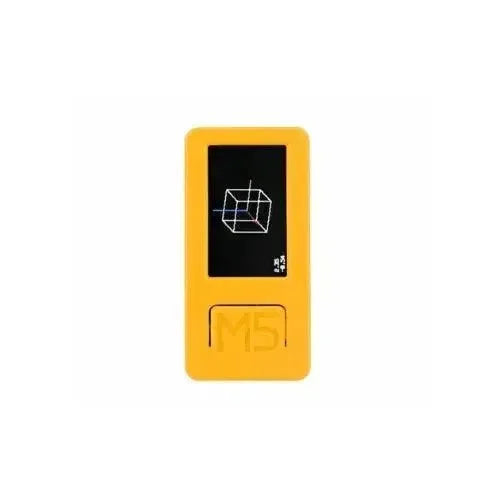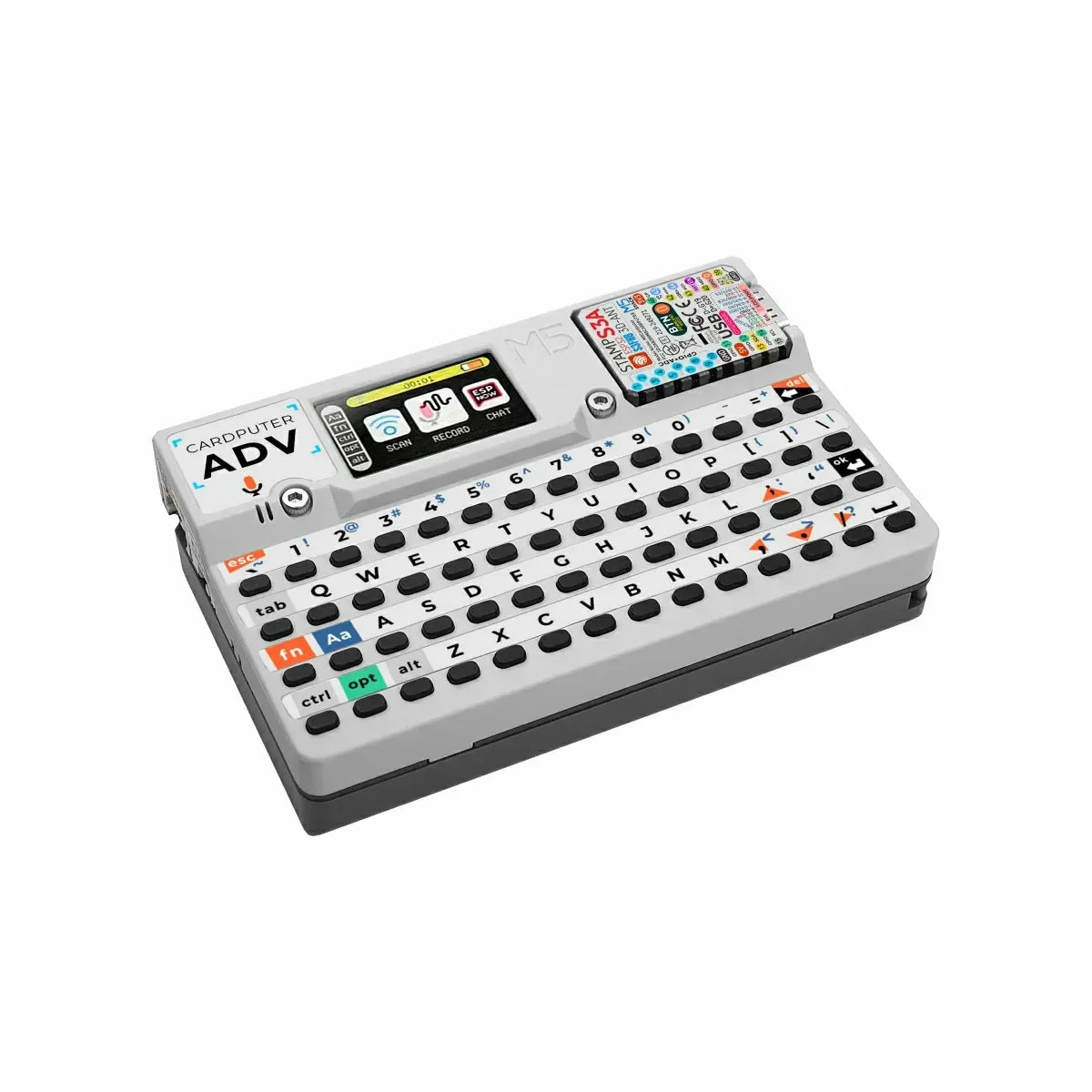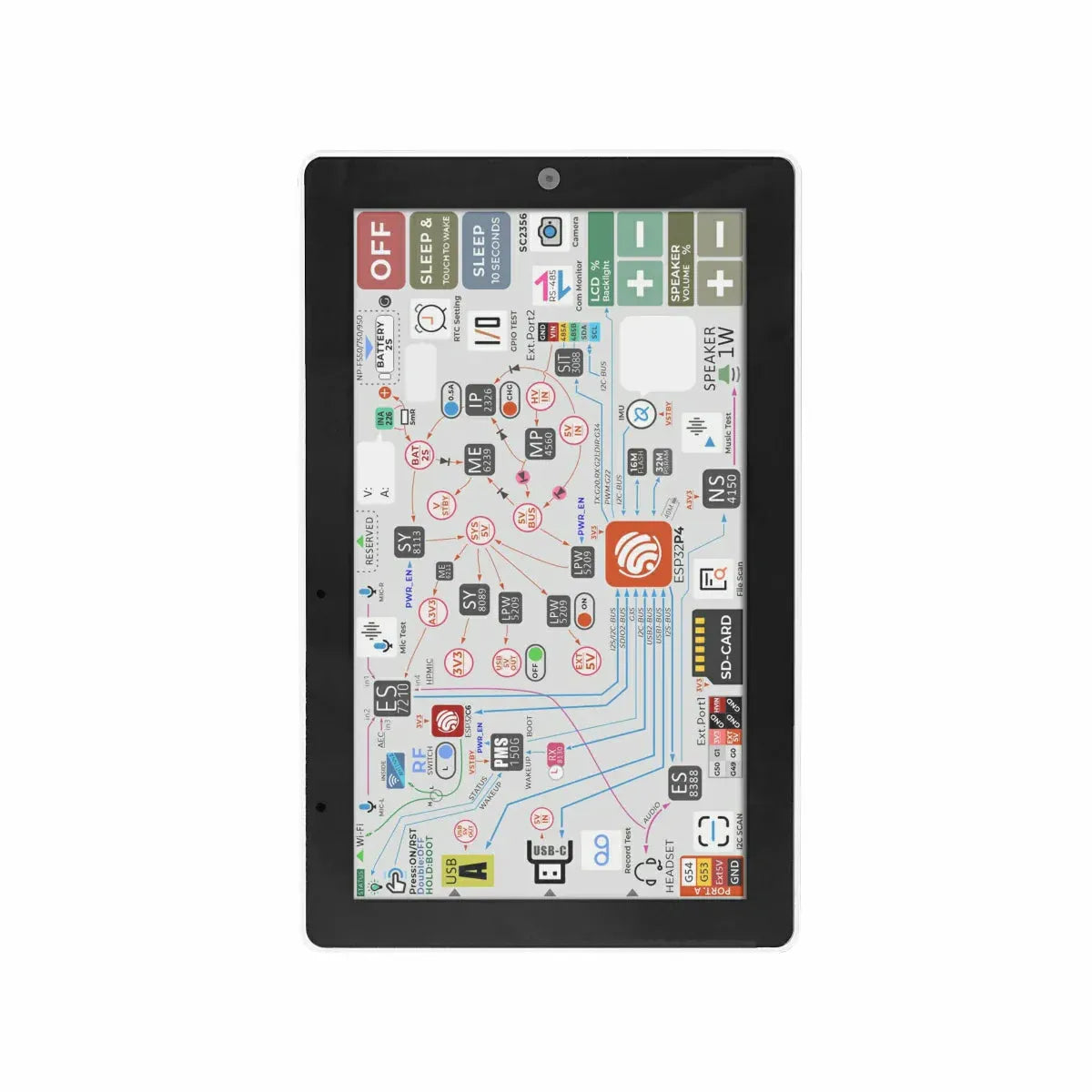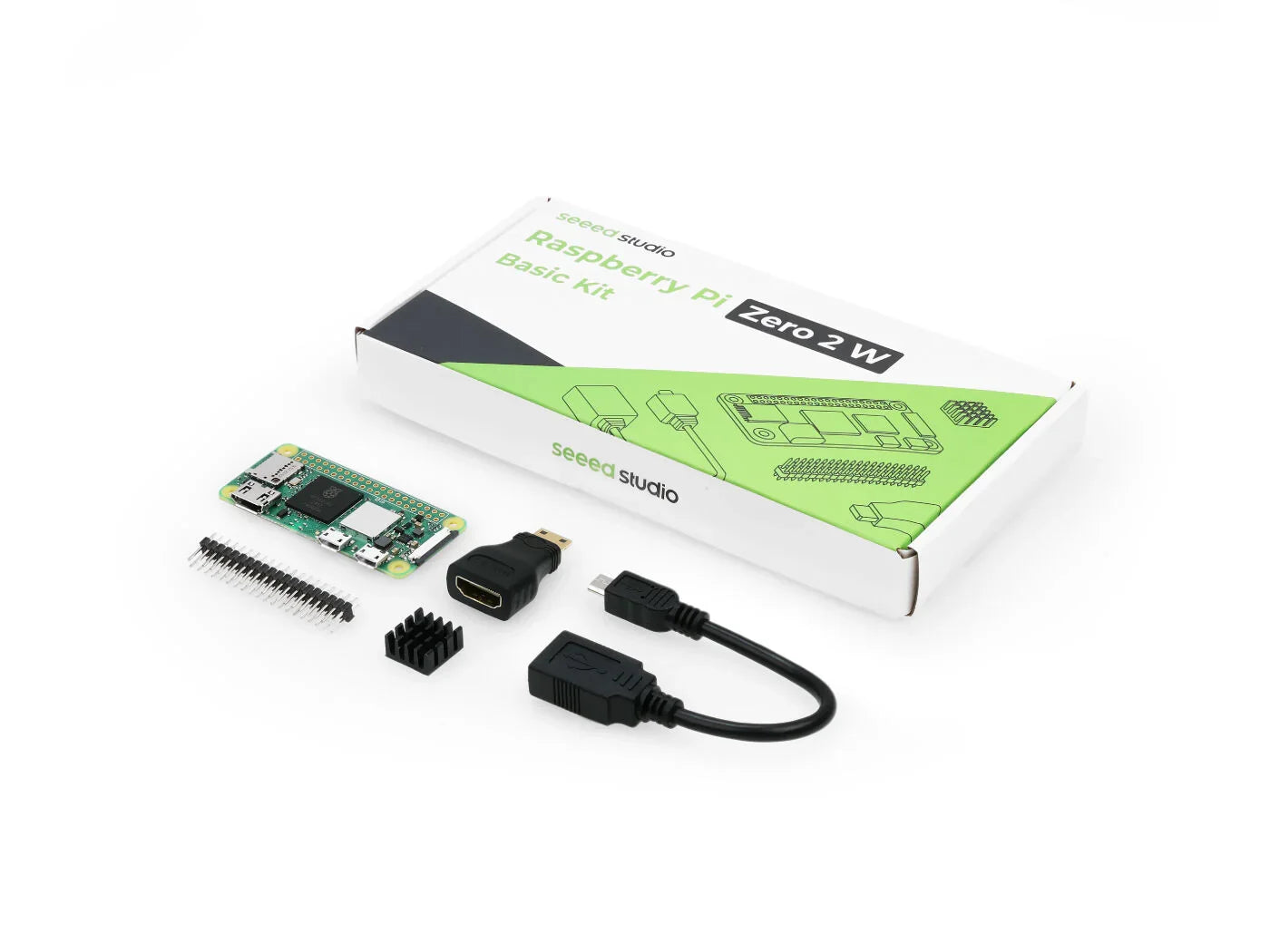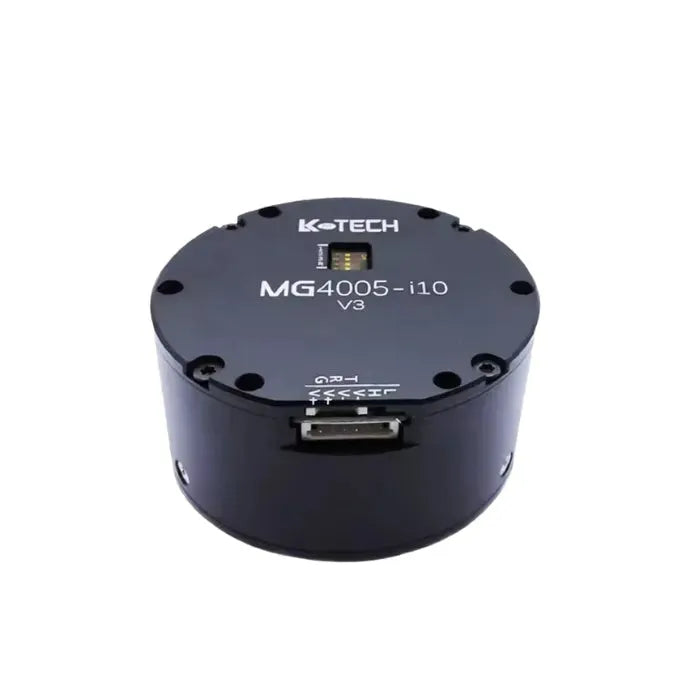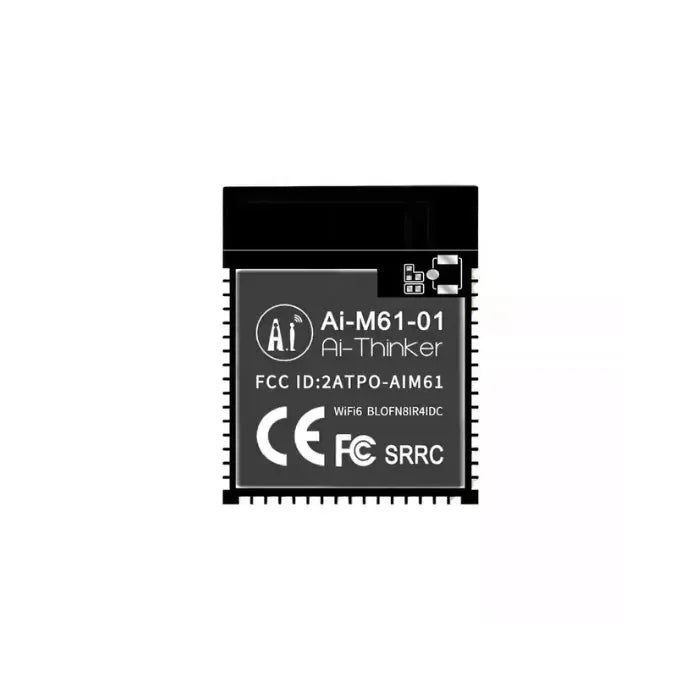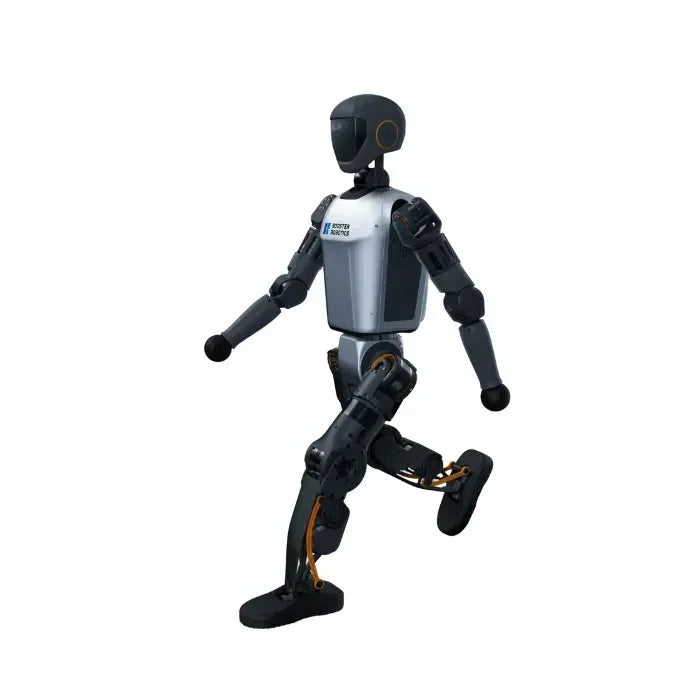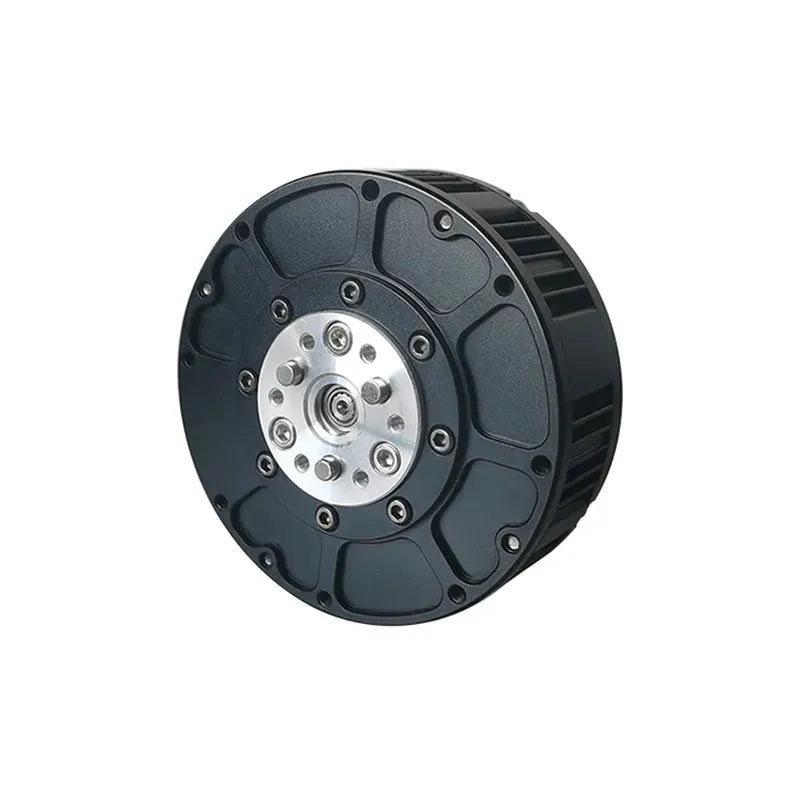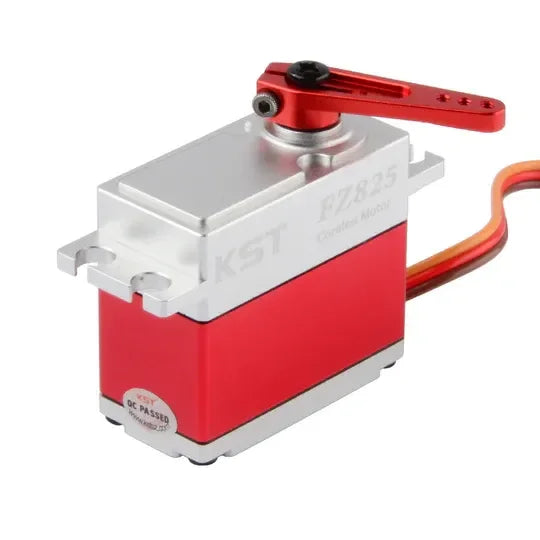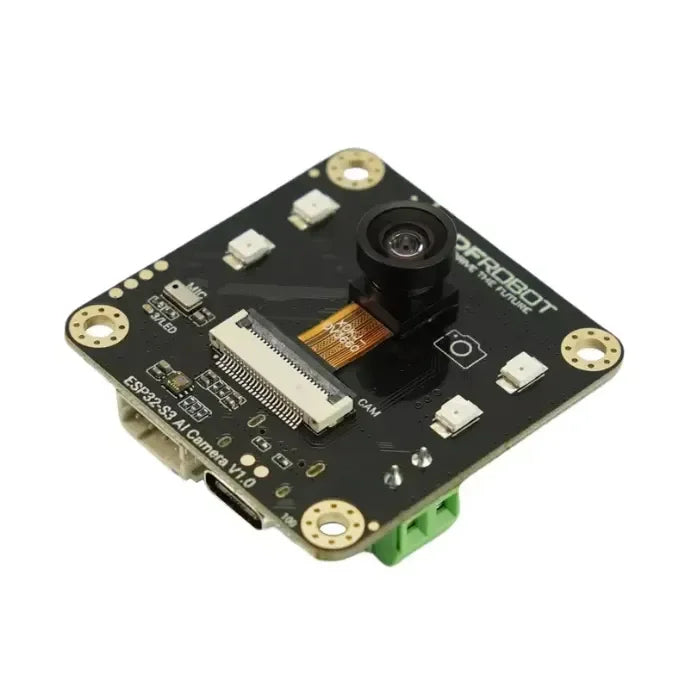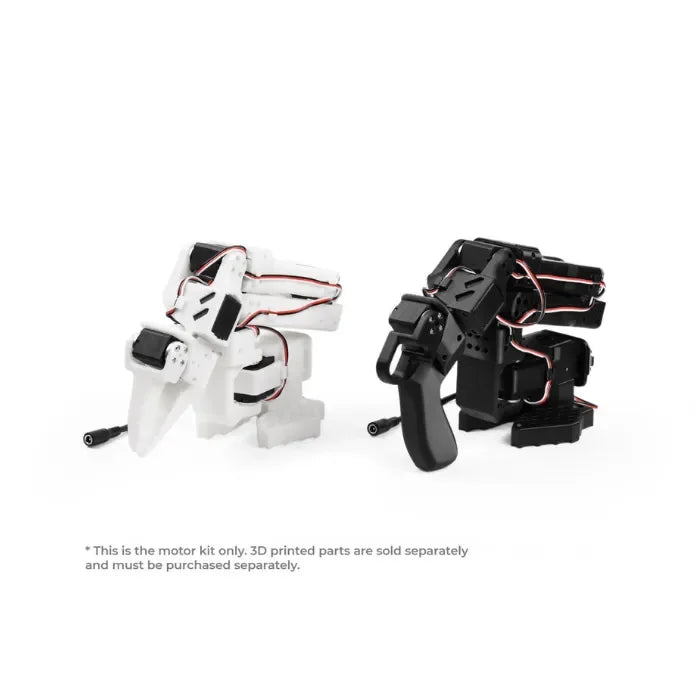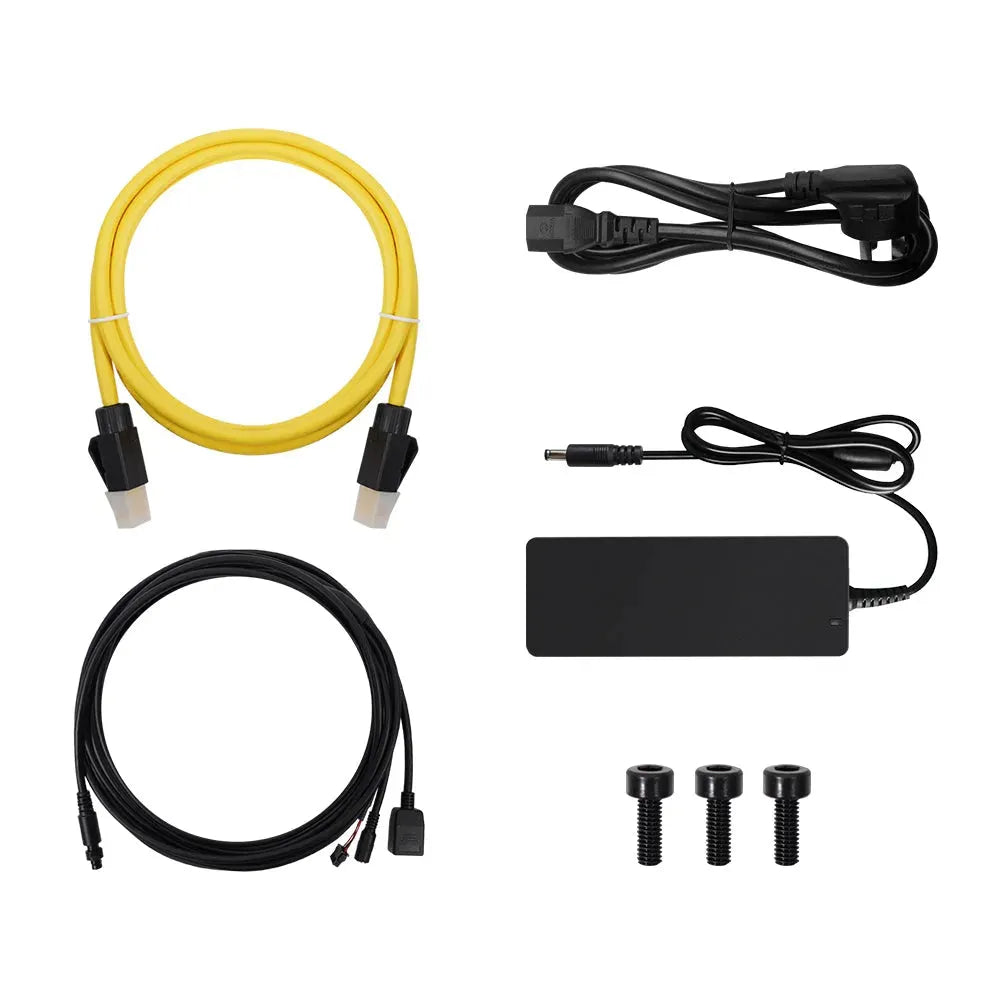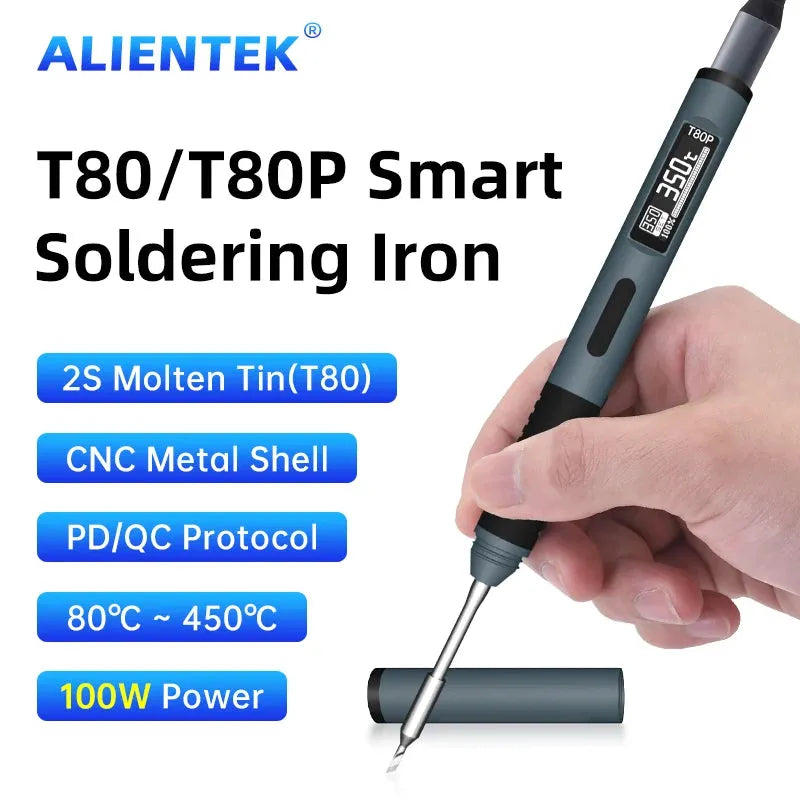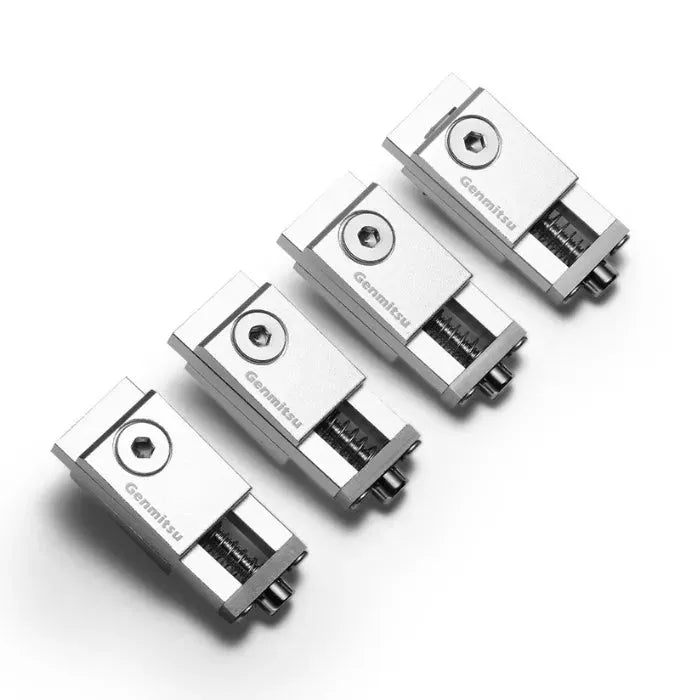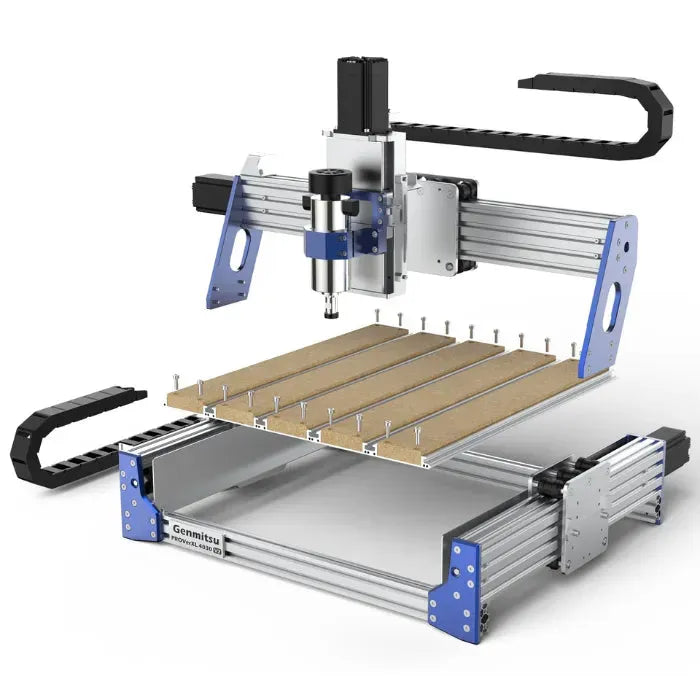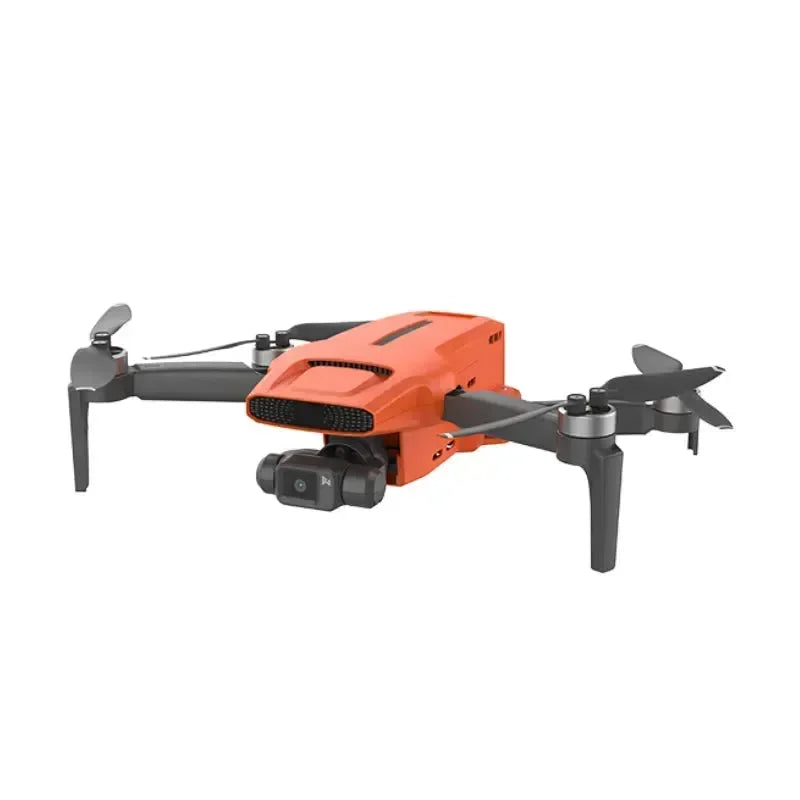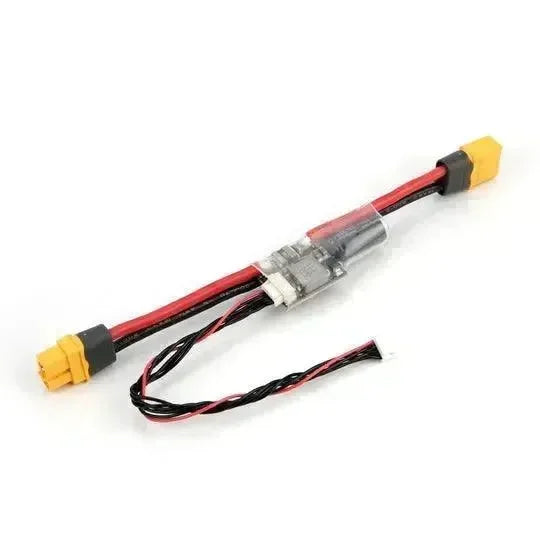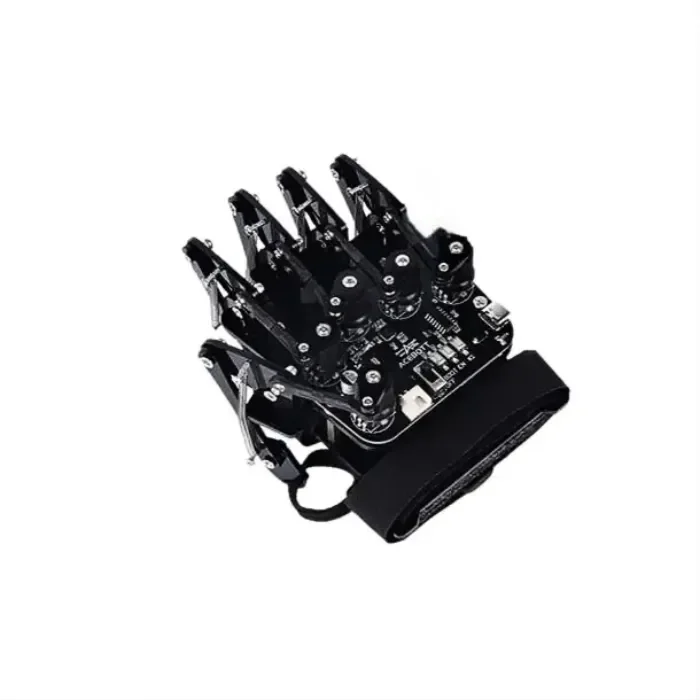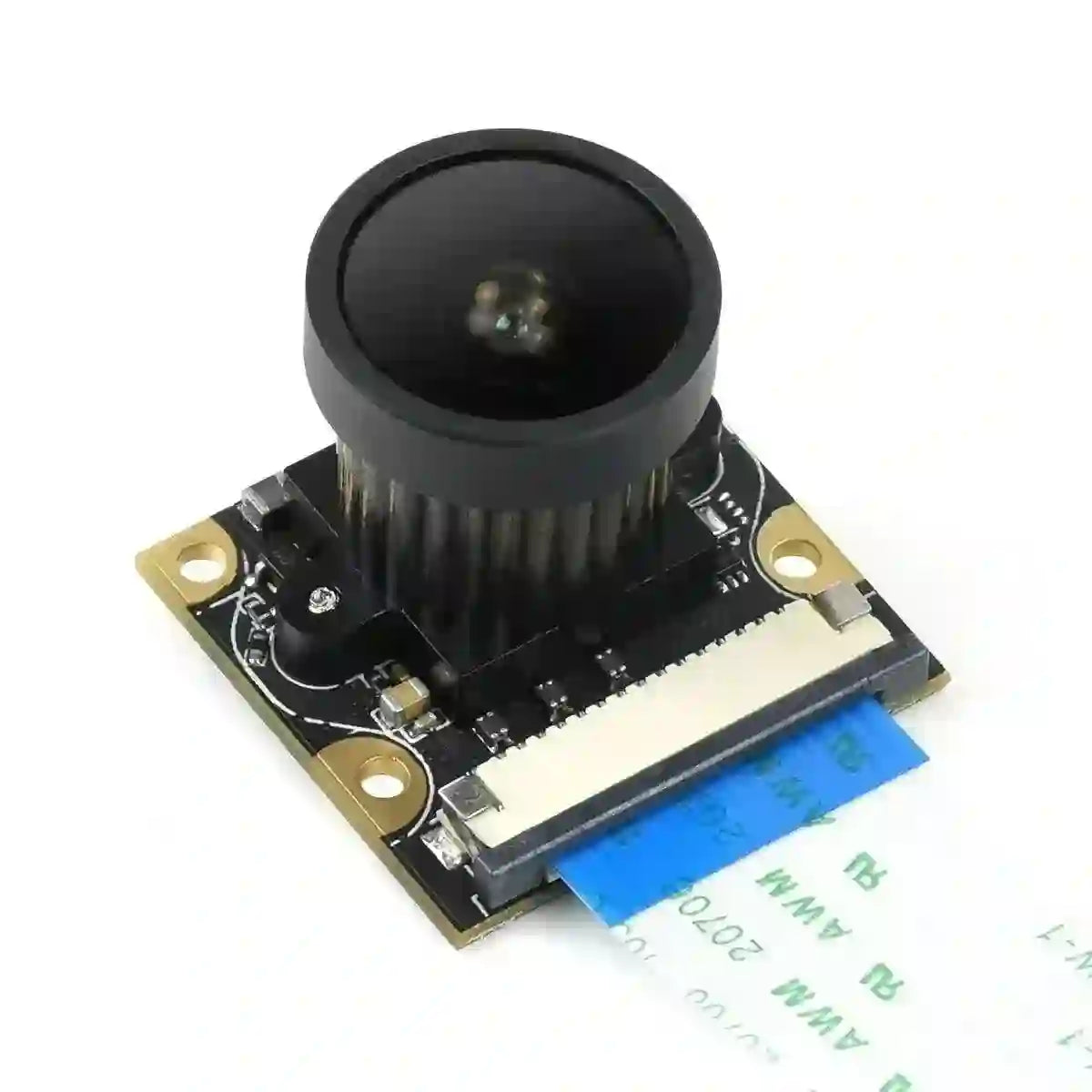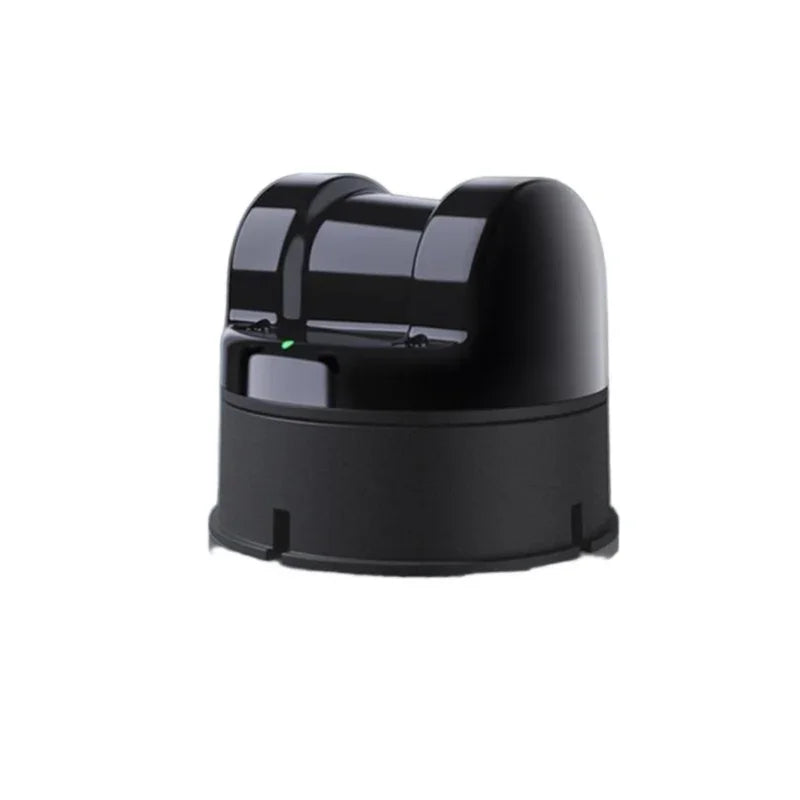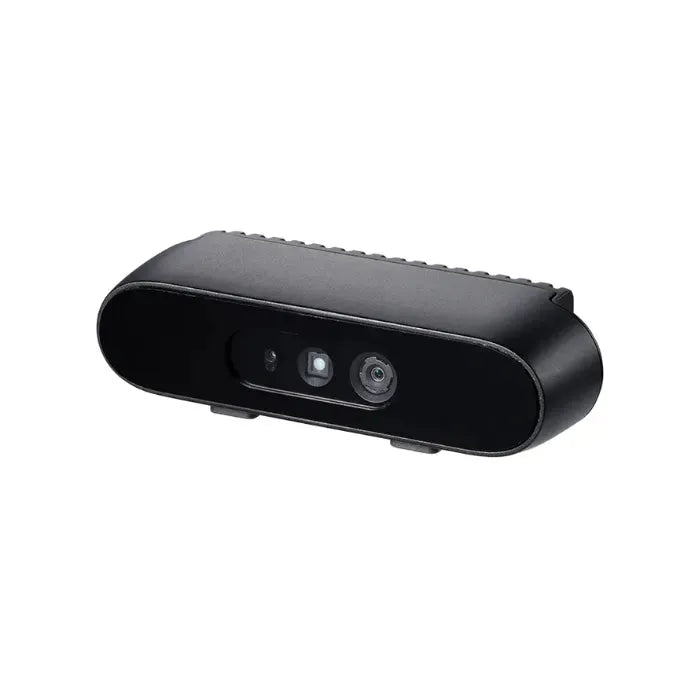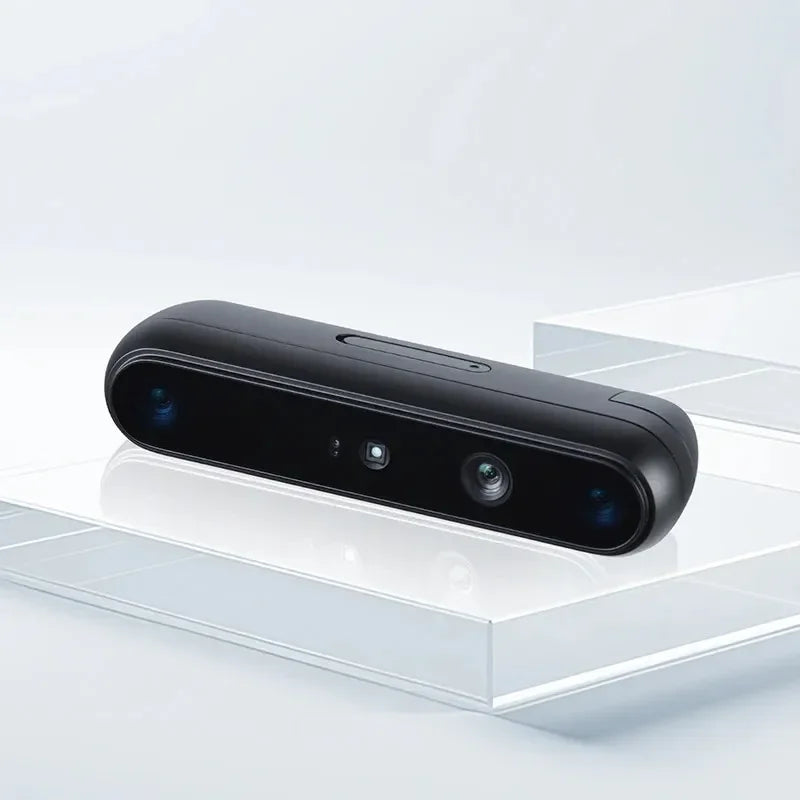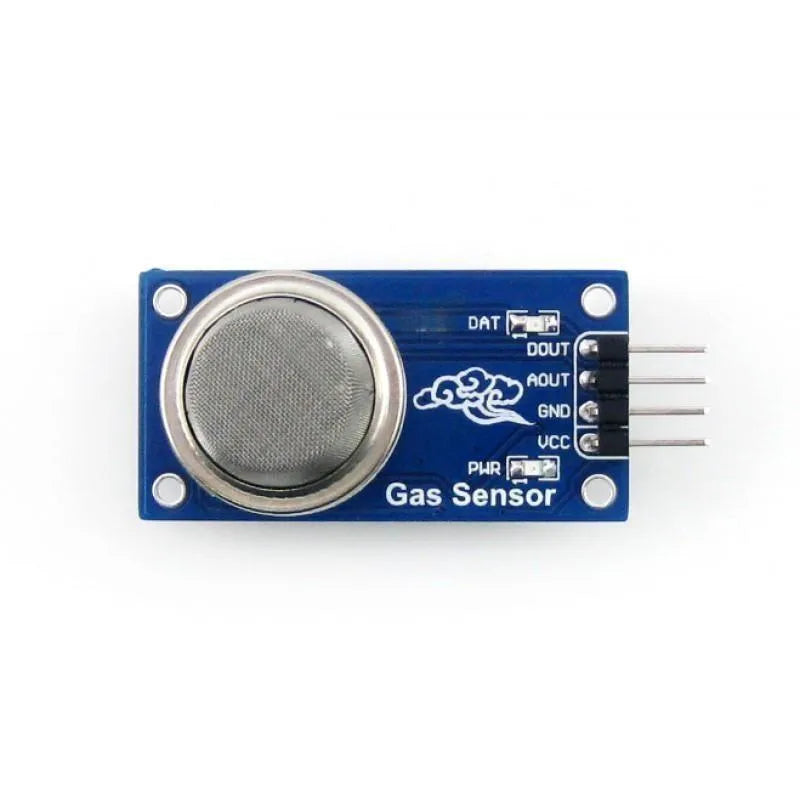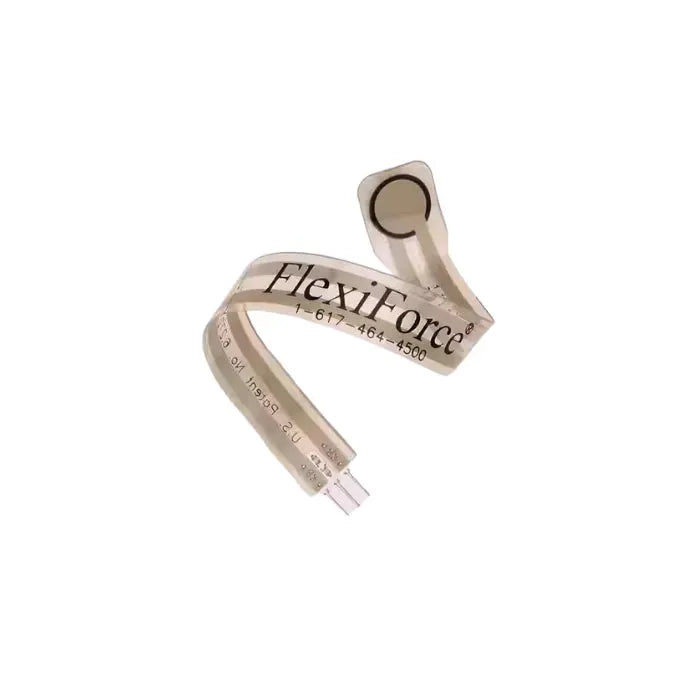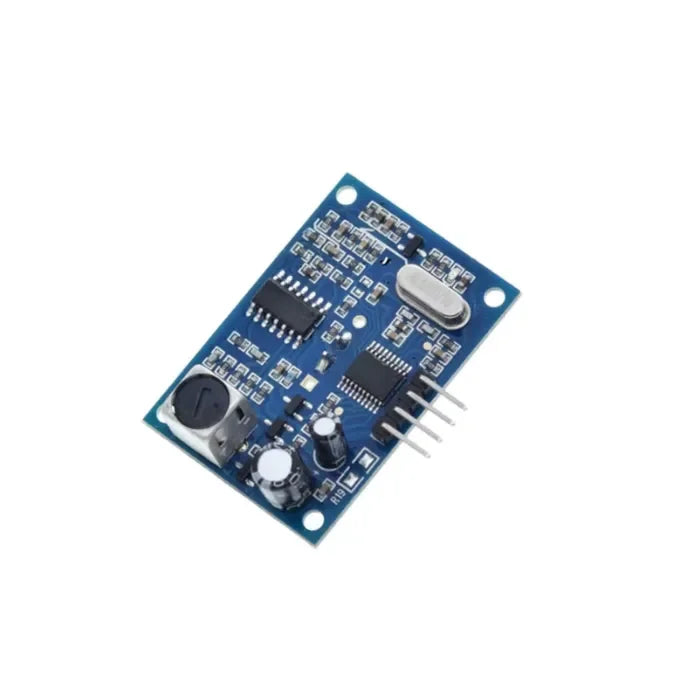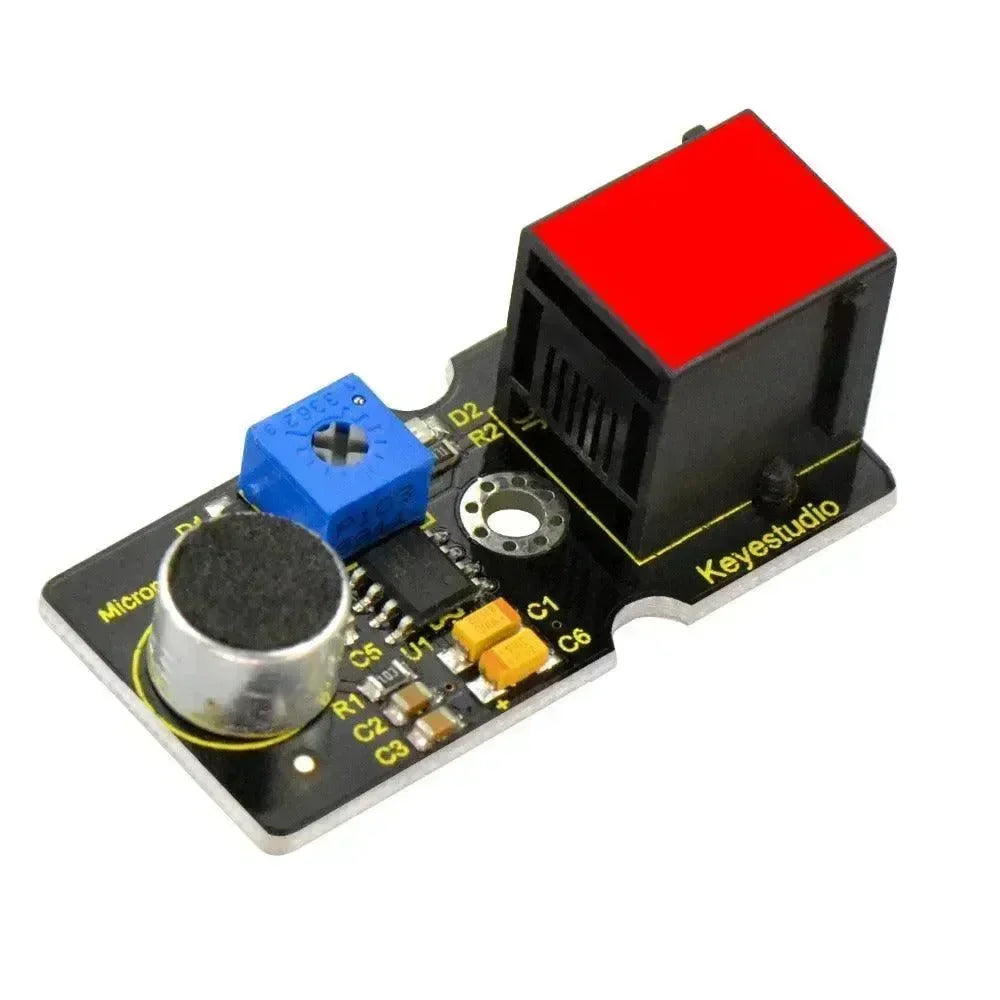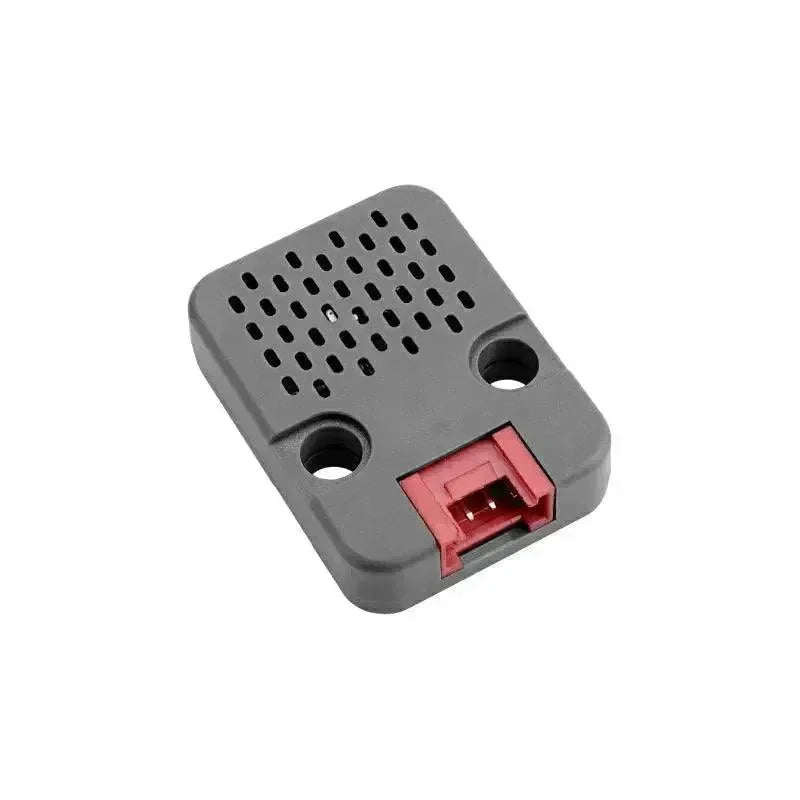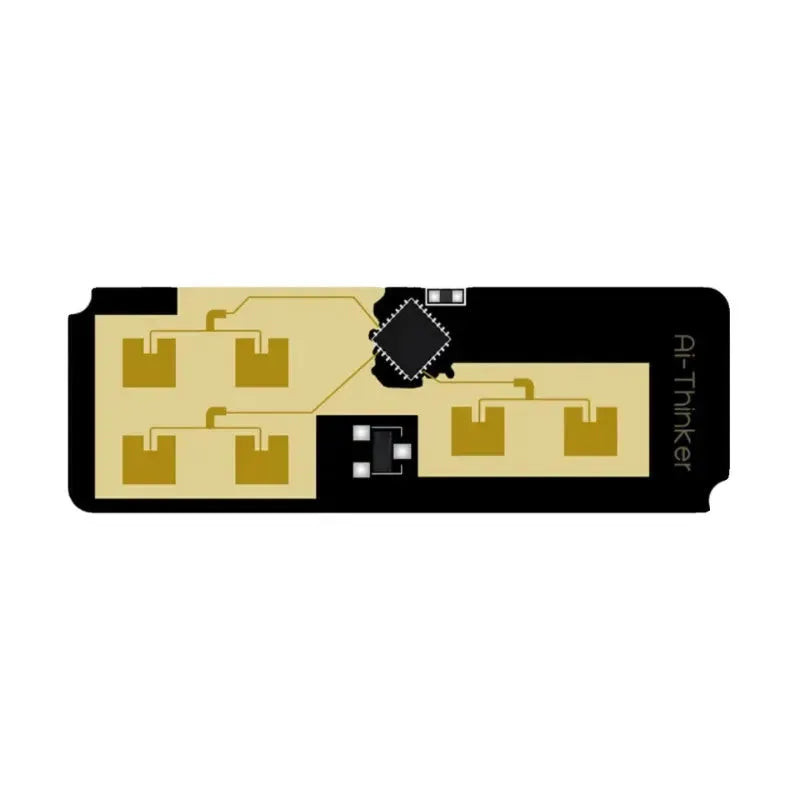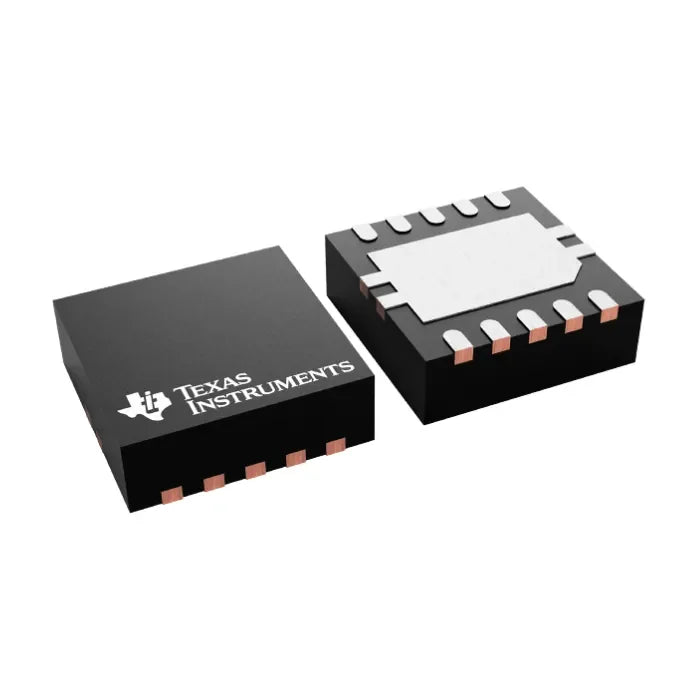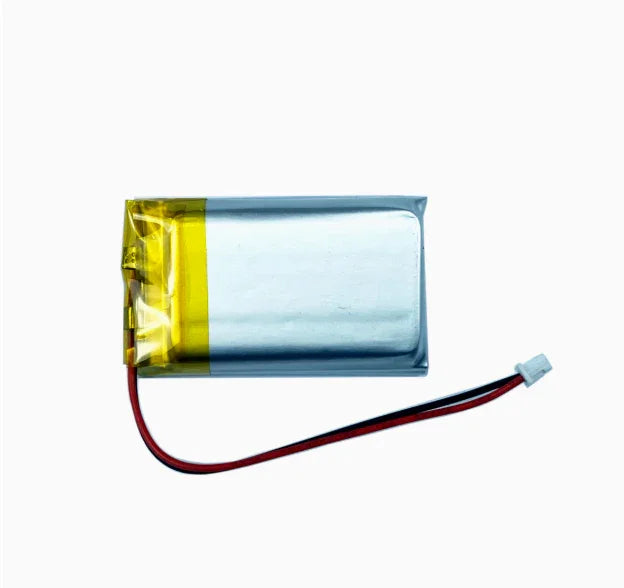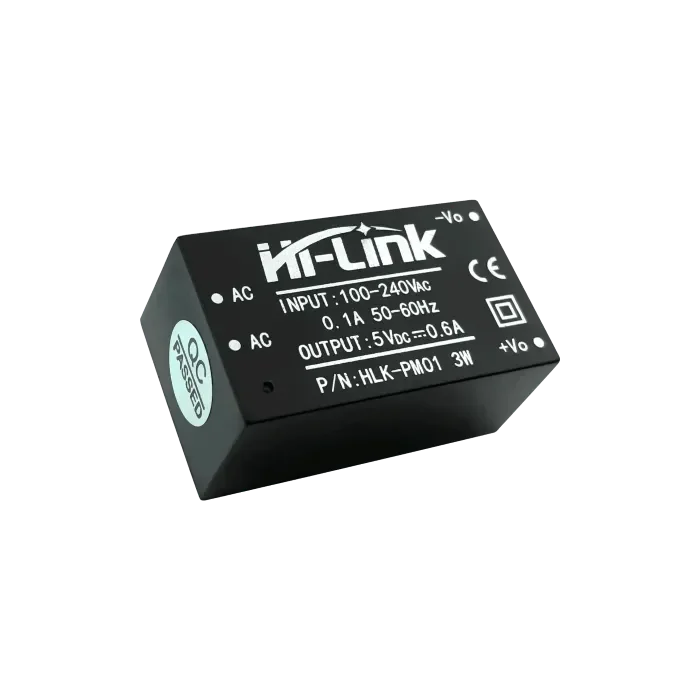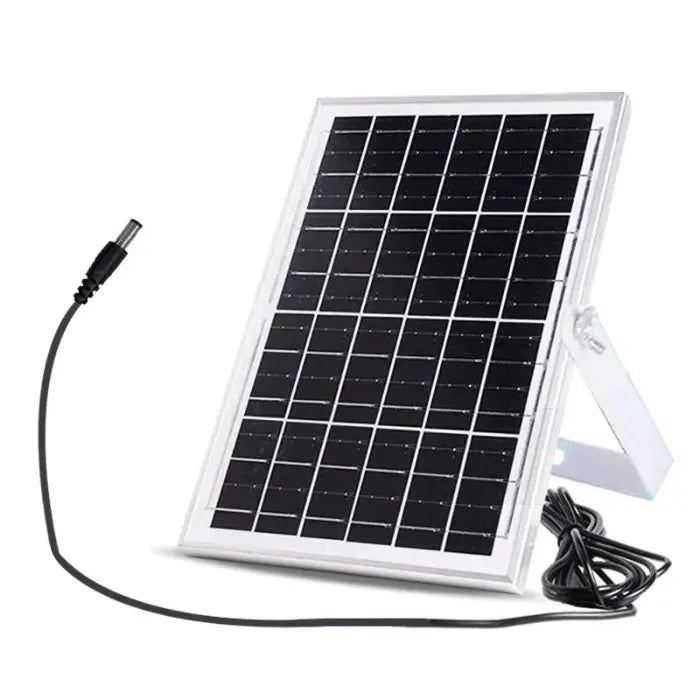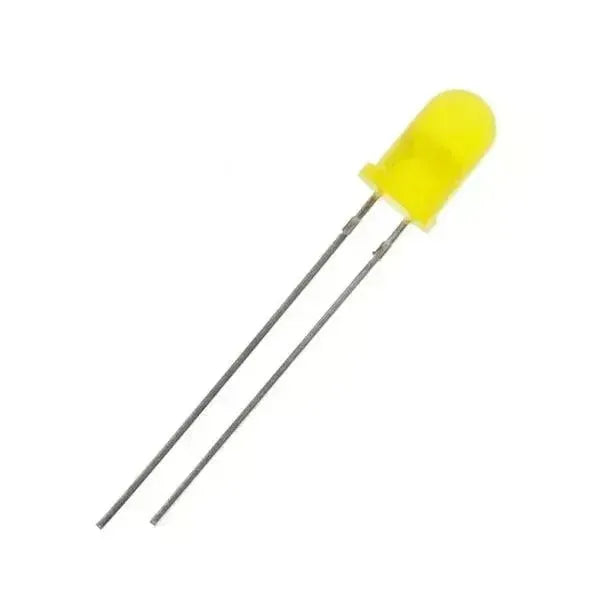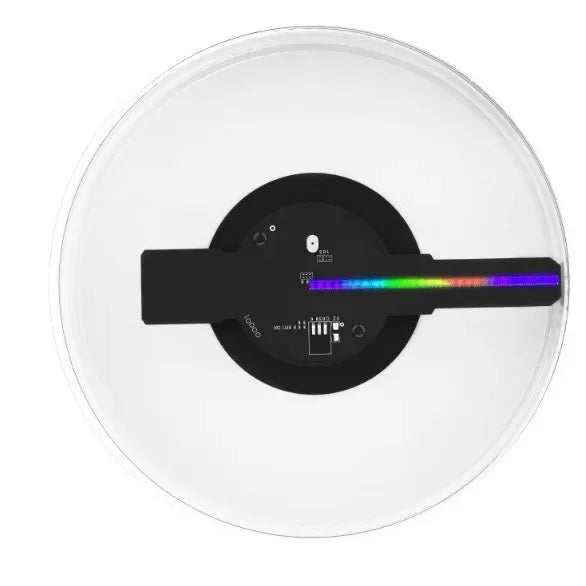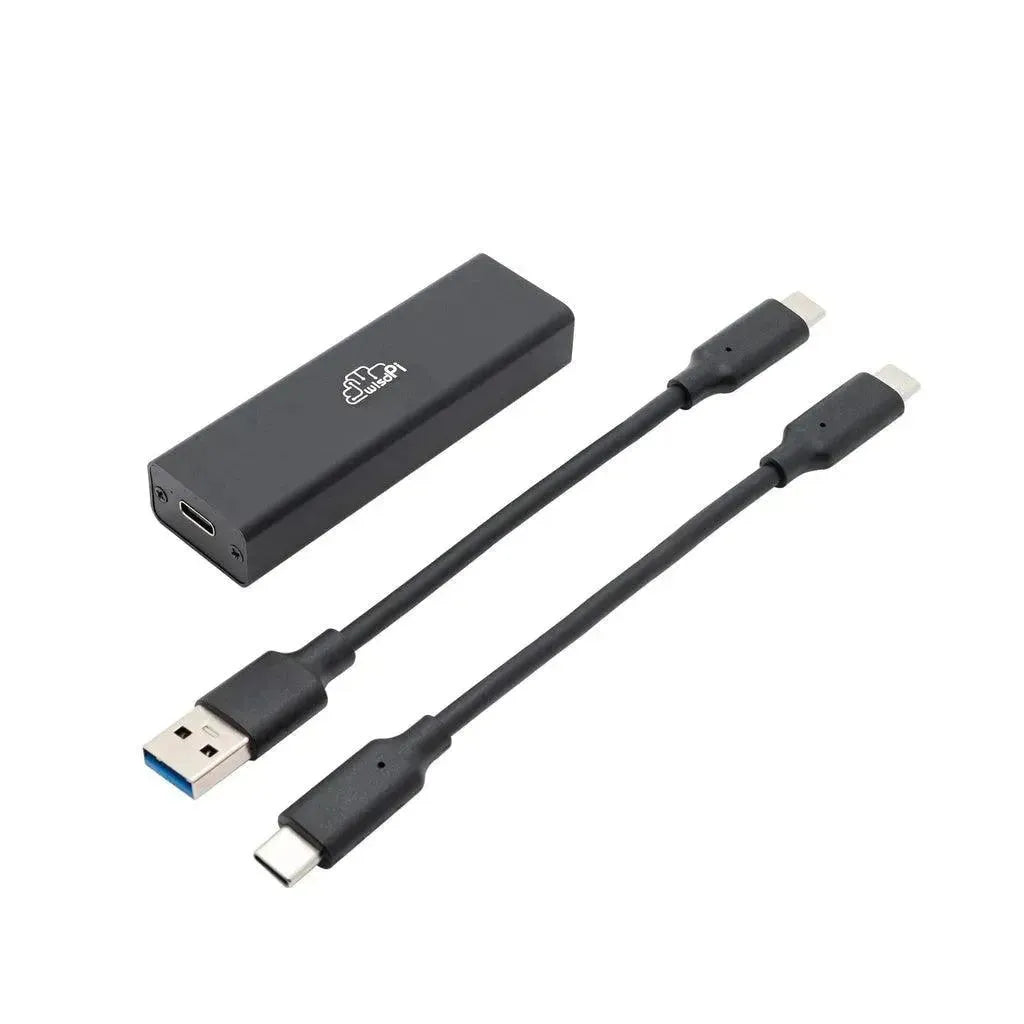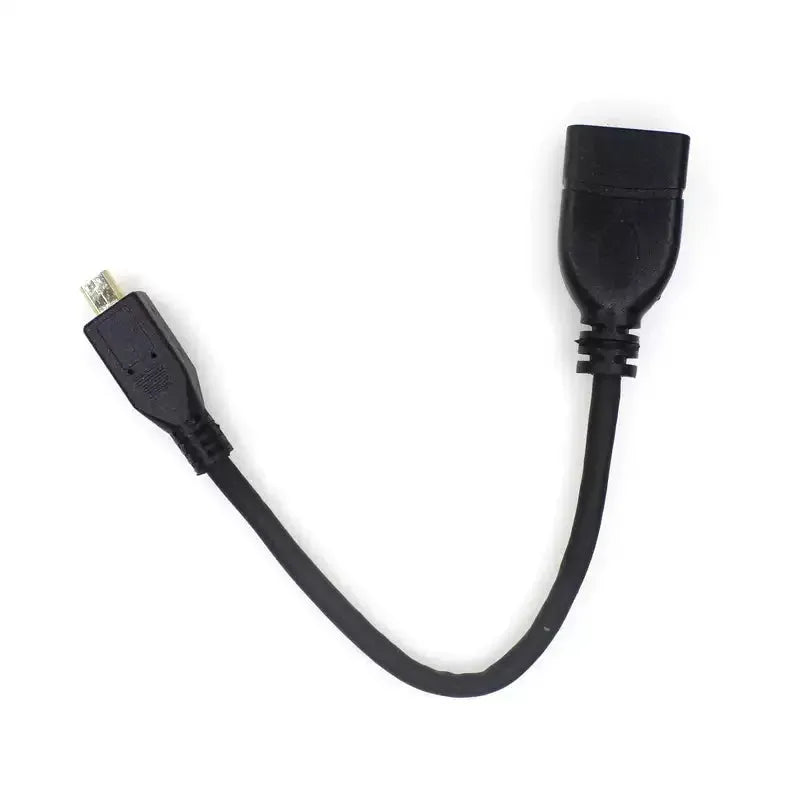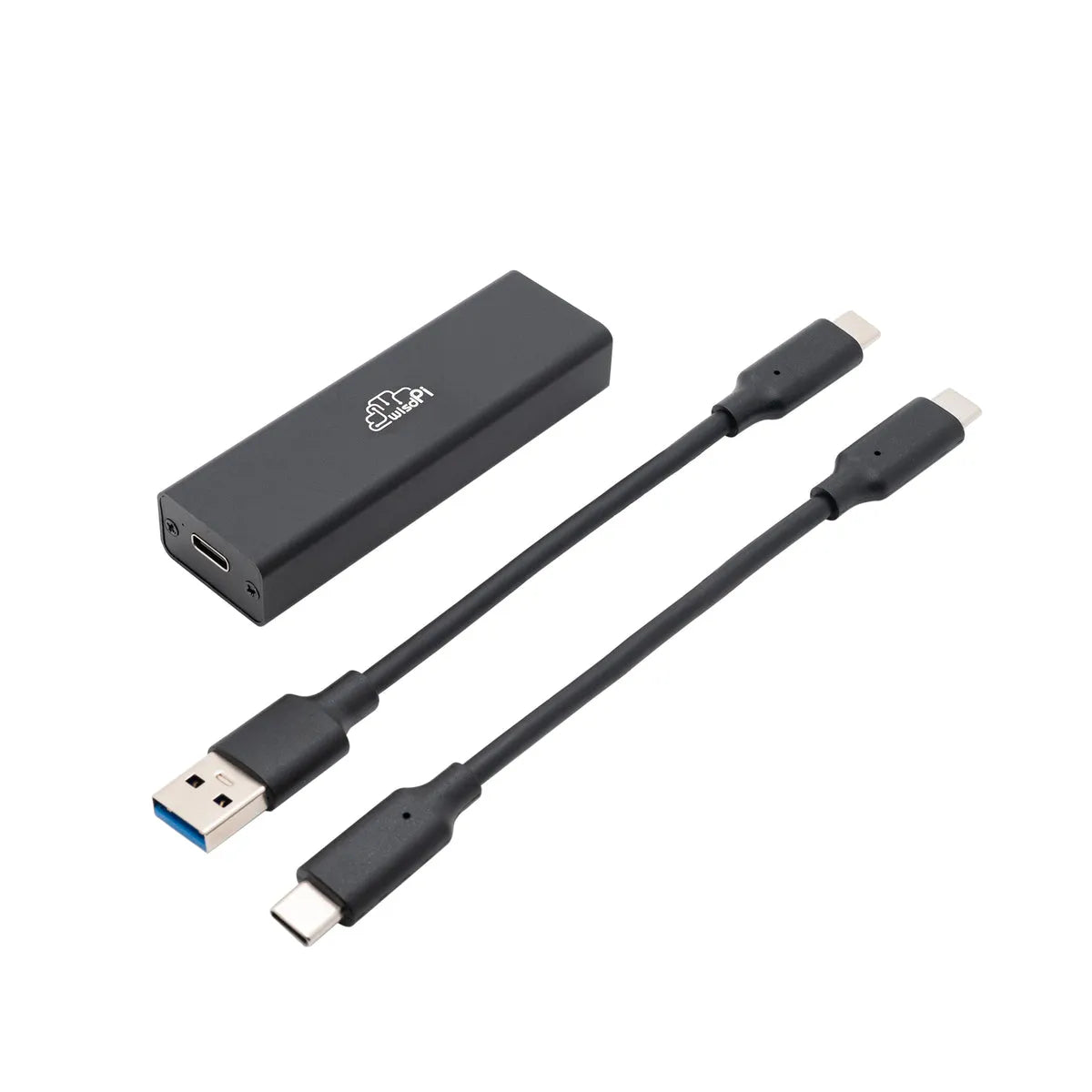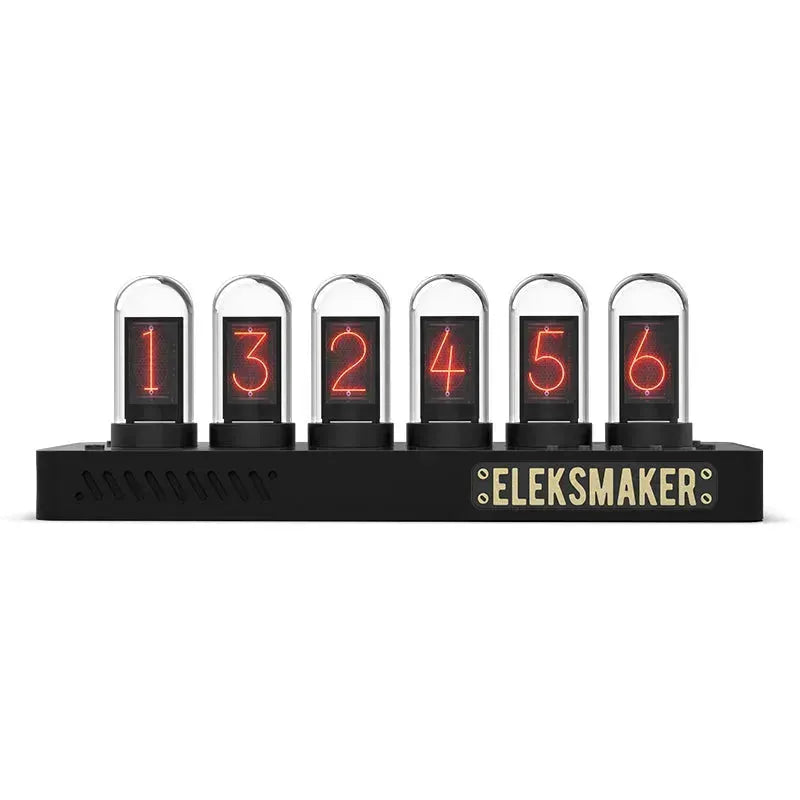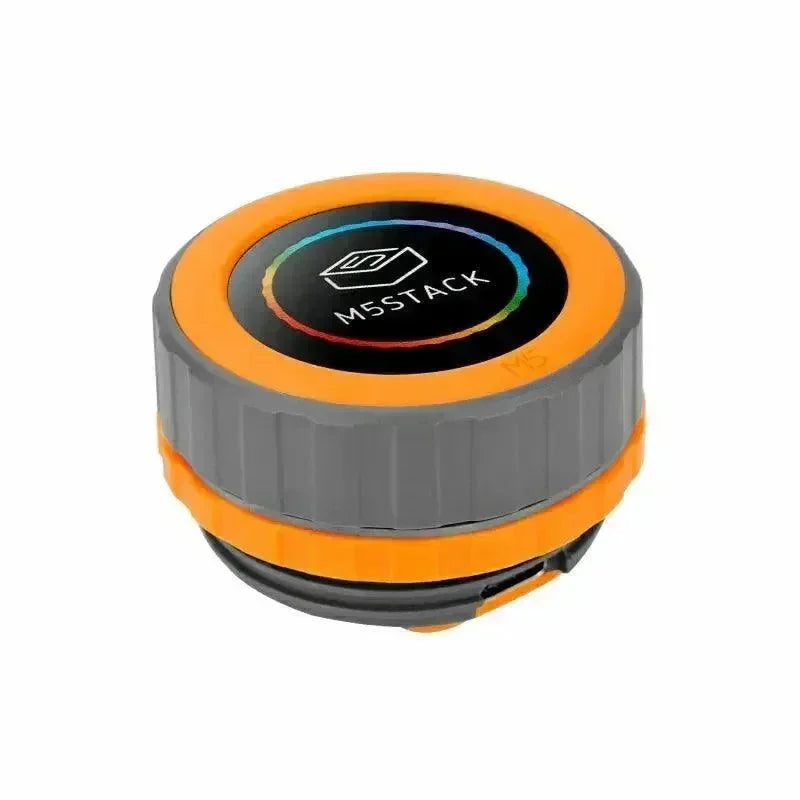Main Controller
-
M5Stack Dial: The original version is equipped with the StampS3 main controller.
-
M5Stack Dial V1.1: This upgraded version features the new StampS3A main controller, providing improved processing power and system stability.
Antenna Design
-
M5Stack Dial: Uses a conventional antenna design.
-
M5Stack Dial V1.1: The antenna design has been optimized for better signal strength and performance.
Specifications
-
M5Stack Dial: Features keys sized at 2.6 x 1.6 x 0.55mm.
-
M5Stack Dial V1.1: The keys have been optimized for a better tactile experience and are larger at 4.0 x 3.0 x 2.0mm.
Power Consumption
-
M5Stack Dial: Has a conventional power consumption design.
-
M5Stack Dial V1.1: Power consumption has been optimized for lower usage.
Additional Features
-
M5Stack Dial: Includes a rotary encoder, RFID detection module, RTC circuit, onboard buzzer, and under-screen buttons.
-
M5Stack Dial V1.1: In addition to the features of the original version, it also includes a 1.28-inch round TFT touchscreen, supports a wide DC input voltage range of 6~36V, and has a reserved lithium battery interface and charging circuit. It also features reserved PORT.A and PORT.B interfaces for I2C and GPIO device expansion.
Applications
Table of Differences
| Feature | M5Stack Dial | M5Stack Dial V1.1 |
| Main Controller | StampS3 | StampS3A |
| Antenna Design | Conventional design | Optimized for stronger signal |
| Key Specifications | 2.6 x 1.6 x 0.55mm | 4.0 x 3.0 x 2.0mm |
| Power Consumption | Higher | Lower |
| Additional Features |
Rotary encoder RFID detection module RTC circuit onboard buzzer under-screen buttons |
1.28-inch round TFT touchscreen rotary encoder RFID detection module RTC circuit, onboard buzzer, under-screen buttons wide DC input voltage (6~36V) reserved lithium battery interface and charging circuit reserved PORT.A and PORT.B interfaces for I2C and GPIO device expansion |

